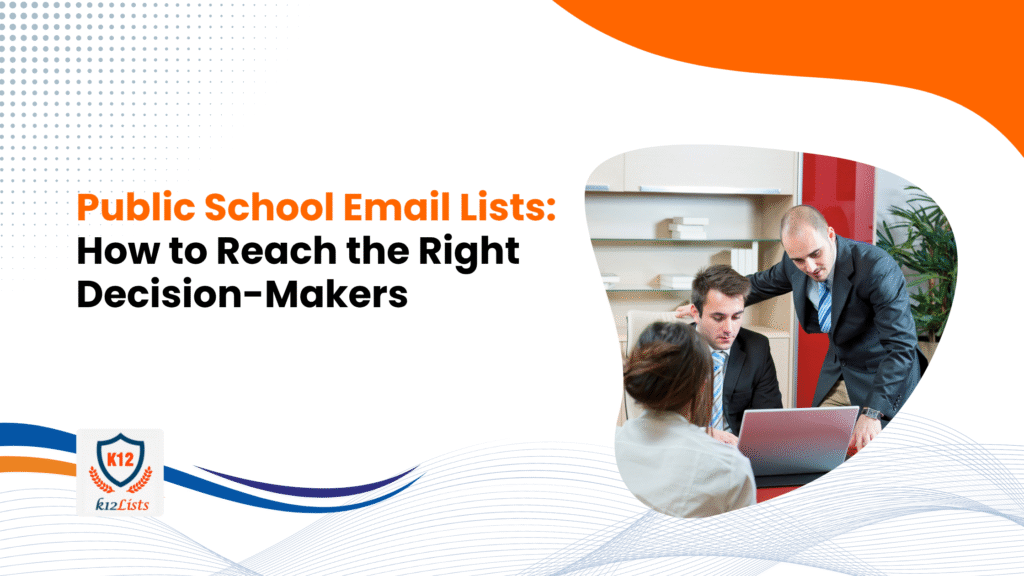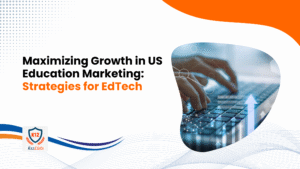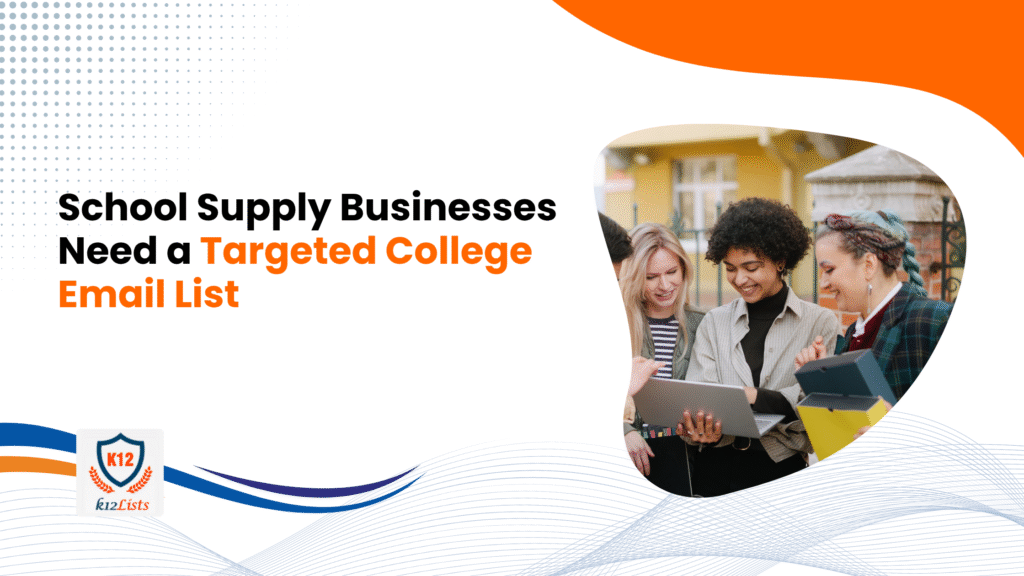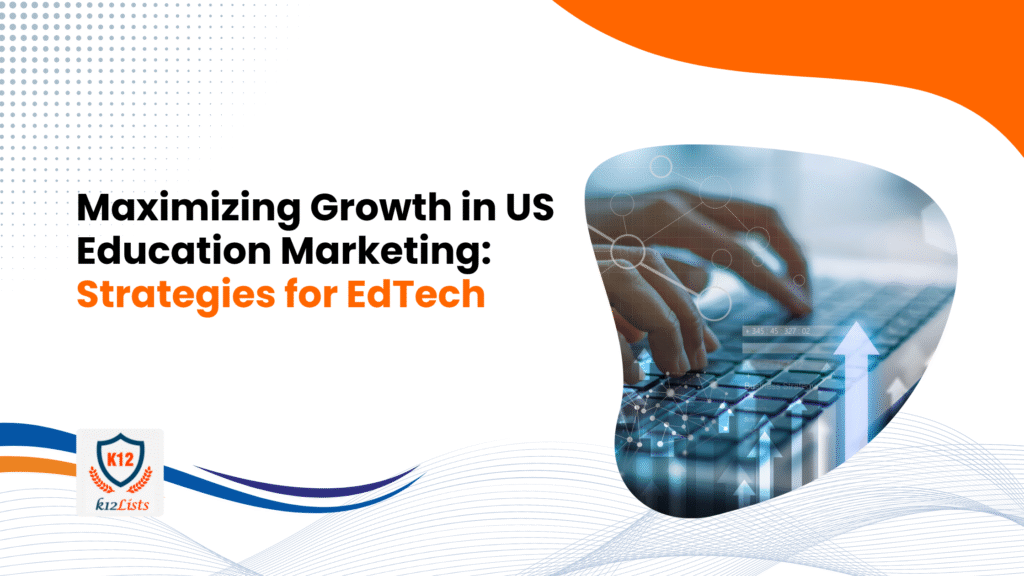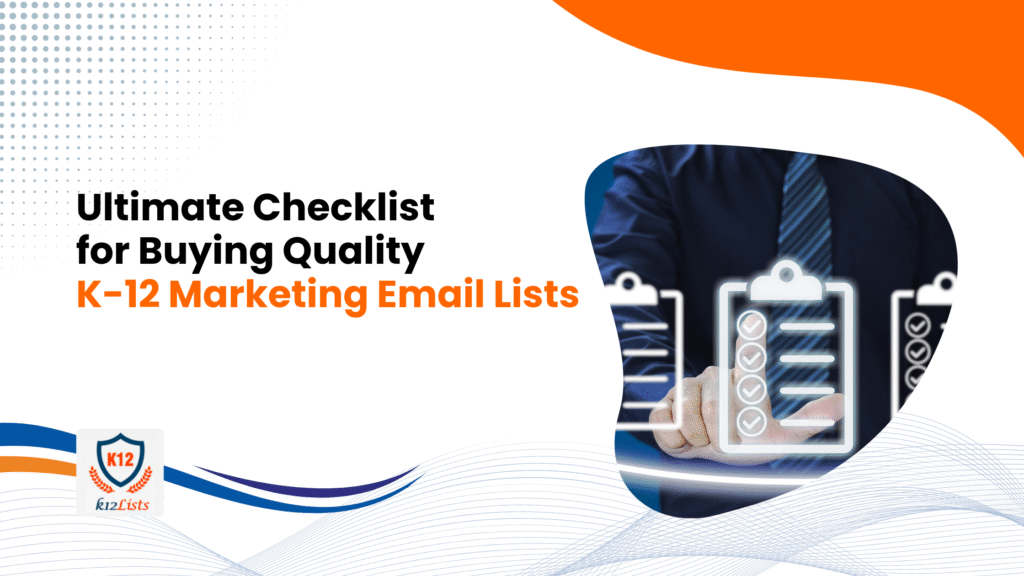Introduction: Why Reaching Public School Decision-Makers Matters
The evolving education ecosystem shows that public schools are among the most influential decision-makers in how technology, resources, and learning programs are adopted across various countries, including the U.S., UK, UAE, and APAC regions. Every year, public schools collectively spend billions of dollars on educational technology, classroom supplies, software, infrastructure, and professional development. Access to a comprehensive Public School Email List spanning these international markets is essential for effectively reaching and engaging with these decision-makers to promote educational products and services.
Yet, despite the scale of this market, most businesses struggle to connect with the right people – the ones who actually make or influence purchasing decisions within schools and districts. Sending generic campaigns to random school email addresses rarely works. What truly drives success is targeted outreach based on verified data.
That’s where Public School Email List come in. These curated databases help businesses directly reach principals, superintendents, IT directors, and other key stakeholders with precision and compliance.
This guide explores how to use public school contact lists effectively, identify the right decision-makers, avoid common outreach mistakes, and improve campaign ROI using verified education data.

Understanding Public School Hierarchies
Before reaching out to schools, it’s critical to understand how decisions are made within public education systems. Unlike private institutions, public schools often have multi-layered hierarchies and bureaucratic approval processes.
District-Level Decision-Makers
At the top are superintendents and district administrators, who oversee multiple schools within a district. They influence large-scale purchases such as EdTech systems, transportation solutions, or health and safety tools.
Key titles include:
- Superintendent of Schools
- Director of Curriculum and Instruction
- Procurement or Purchasing Officer
- Chief Information Officer (CIO)
School-Level Administrators
At the school level, principals and vice principals handle operational decisions, including resource allocation, local vendor partnerships, and classroom management tools.
Important roles:
- Principal
- Assistant Principal
- Head of Department
- School Business Manager
Support and Operations Staff
These individuals often influence product adoption and implementation, especially in technology and facilities management.
- IT Director / Technology Coordinator
- Facilities Manager
- Student Services Coordinator
Why This Hierarchy Matters
Knowing who decides and who influences helps businesses craft more effective campaigns. For example, a company offering smart classroom solutions might target superintendents for funding approvals and technology coordinators for technical evaluations.
When you align your outreach with each level’s responsibilities, your messages resonate better and convert faster.
What Is a Public School Email List?
A Public School Email List is a specialized database that contains the verified contact details of educators, administrators, and decision-makers across public schools and school districts.
These lists typically include:
- Name and designation
- School name and district
- Official email address and phone number
- Geographic location (state, county, or district)
- Enrollment size and funding level
A quality list is not just a collection of names – it’s a strategically segmented dataset that allows you to filter contacts by:
- Job title or department
- School size or grade level (Elementary, Middle, High School)
- Region or ZIP code
- Decision-making power
Data Verification and Compliance
The most reliable providers, like K12-List, ensure their databases undergo:
- Regular verification cycles to remove outdated contacts
- AI-assisted validation for accuracy and deliverability
- Compliance checks under CAN-SPAM, GDPR, and FERPA regulations
Accurate data isn’t just about sending more emails – it’s about sending smarter, more relevant messages that build trust with education leaders.
Who Uses Public School Email List (and Why)
Public school data supports a wide range of industries that cater to the education sector. Let’s explore some of the top users and how they benefit:
EdTech Providers
Companies offering learning management systems (LMS), virtual classroom tools, or student engagement software use these lists to connect directly with superintendents or IT directors who control adoption budgets.
Educational Publishers
From digital textbooks to curriculum guides, publishers target curriculum directors and department heads to introduce new content or teaching resources aligned with district standards.
School Supply Manufacturers
Vendors providing furniture, lab equipment, and classroom materials use school email data to reach procurement officers and principals who handle purchasing.
Training and Certification Companies
Professional development programs and teacher training providers rely on email outreach to communicate upcoming courses, workshops, and certification opportunities.
Financial and Insurance Providers
Institutions offering student loan management, school insurance, or financial literacy programs use verified data to reach administrative officers and finance heads.
Example:
A digital learning company once struggled to connect with district administrators through public directories. After using a segmented public school email lists, it achieved a 42% higher response rate and successfully scheduled demos with 80+ districts in one quarter.
How to Reach the Right Decision-Makers Effectively

Simply having a list isn’t enough — you must use it strategically. Here’s how to maximize engagement and conversion through targeted outreach.
a. Segment by Role and Function
Tailor your emails based on what each contact cares about:
- Superintendents: district-wide solutions, policy alignment, compliance
- Principals: student performance, teacher efficiency, classroom safety
- IT Directors: system integration, data security, user experience
b. Target by Geography
Regional campaigns can significantly improve open rates. Target specific states or districts based on funding cycles, local education policies, or technology grants.
c. Personalize Every Message
Generic outreach kills engagement. Use personalization tokens and relevant subject lines:
- Instead of “Discover our classroom app,” try
“[District Name] Schools: How to Simplify Hybrid Learning in 2025.”
Include content that shows you understand their challenges—like budget constraints, curriculum changes, or student engagement goals.
d. Choose the Right Outreach Channels
- Email Campaigns: Best for direct, measurable engagement.
- LinkedIn Networking: Build credibility with educators and decision-makers.
- Webinars and Virtual Events: Offer thought leadership instead of hard sales pitches.
e. Follow Up Consistently
A well-timed follow-up can double response rates. Schedule 2–3 reminders with new insights or case studies rather than simple “checking in” emails.
Common Mistakes to Avoid in School Email Marketing
Even experienced marketers make errors when targeting the education sector. Avoid these pitfalls to protect your brand reputation and boost results.
- Using outdated or unverified data:
Old data leads to bounces, spam flags, and low trust. - Ignoring compliance:
Always adhere to FERPA, CAN-SPAM, and GDPR regulations to maintain credibility. - Overly promotional tone:
Educators value genuine solutions, not aggressive sales copy. Use informative, supportive language. - Poor segmentation:
Sending the same message to a superintendent and a teacher reduces relevance and response rates. - Neglecting timing:
Align campaigns with school calendars. Avoid exam seasons, holidays, or busy academic months. - Skipping analytics:
Use metrics like open rates, CTRs, and conversions to refine your approach over time.
The ROI of Using a Verified Public School Email List
Investing in a verified list delivers measurable returns across multiple marketing metrics.
a. Higher Open and Response Rates
When emails reach verified, relevant contacts, open rates can jump by 30–50%, while response rates often double compared to generic outreach.
b. Shorter Sales Cycles
Accurate targeting reduces time spent chasing unqualified leads. Decision-makers are more likely to respond when they see value tailored to their needs.
c. Enhanced Brand Credibility
Reaching educators respectfully and compliantly builds a trustworthy reputation — essential in the education sector where relationships last years, not months.
d. Case Example
A company offering student safety monitoring software used a segmented list to target only district-level safety coordinators and superintendents. Within three months:
- Email deliverability improved to 98%
- Demo bookings increased by 40%
- Closed contracts in 12 new school districts
This success wasn’t about sending more emails — it was about sending the right ones.
Choosing the Right Data Partner
Not all email list providers offer the same quality or compliance standards. Before investing, use this checklist:
| Criteria | What to Look For |
| Verification Frequency | Monthly or quarterly updates to remove outdated records |
| Data Accuracy | 98%+ deliverability guarantee |
| Compliance | Adherence to CAN-SPAM, GDPR, FERPA |
| Customization | Filters by location, role, or school type |
| Customer Support | Responsive, transparent service |
| Proven Clients | Experience in the education data industry |
Why K12 Lists Stands Out
K12 Lists offers access to authentic, regularly verified contact data of public school administrators, educators, and decision-makers across the U.S. Each record is validated through both AI tools and human review, ensuring unmatched accuracy.
Businesses can Request Custom Segments – such as only middle schools in USA or IT heads in urban districts – to match their campaign goals precisely.
Future Trends in Public School Marketing
The education landscape is rapidly changing, and so is the way schools evaluate vendors. To stay relevant, businesses must adapt to these emerging trends:
a. AI-Driven Personalization
Artificial intelligence enables hyper-personalized campaigns based on engagement data, school demographics, and content preferences.
b. Data Hygiene and Automation
As email regulations tighten, maintaining clean and verified databases will become a compliance necessity, not a choice.
c. Shift Toward Hybrid Learning
With blended classrooms becoming the norm, demand for digital solutions—LMS tools, hardware, and connectivity—is expected to surge.
d. Thought Leadership Over Sales
Decision-makers increasingly prefer educational content such as webinars, whitepapers, and insights over direct product pitches.
e. Predictive Analytics in Outreach
Predictive tools will soon allow marketers to identify which districts are most likely to purchase based on funding patterns and past engagement.
Staying ahead of these trends will ensure your campaigns resonate with future-ready educators.
Conclusion: Smart Outreach Starts with the Right Data
The difference between an ignored campaign and a successful one often lies in data accuracy and audience understanding.
By using a verified Public School Email Lists, businesses can connect directly with decision-makers who have the authority and intent to purchase. Instead of guessing who to contact, you reach the right superintendent, principal, or procurement officer — at the right time, with the right message.
In today’s education market, data isn’t just a marketing tool — it’s a strategic advantage. When your outreach is informed by accurate, compliant, and segmented data, your message cuts through the noise and builds lasting partnerships.
“When your data is accurate, your message gets heard by the people who matter most — the ones shaping the future of public education.”
Ready to connect with verified educators and administrators shaping the future of K-12 learning?
Explore high-quality Public School Email List from K12 Lists — and start reaching the right decision-makers today.
FAQ: Public School Email List
Yes, reputable providers ensure compliance with GDPR, FERPA, CAN-SPAM, and other relevant regulations, implementing strict consent and data security measures to protect personal information. Always verify vendor compliance before purchase.
It is best practice to update your Public School Email List every 3 to 6 months to remove inactive or outdated contacts and maintain high campaign engagement and deliverability rates.
Absolutely. You can customize Public School Email Lists based on geography (US, UK, UAE, APAC), school size, district, or specific roles such as principals, technology coordinators, or procurement officers.
Businesses typically see a 2x to 4x increase in engagement and lead conversion rates when targeting verified data, due to high accuracy and relevance of contacts in the educational sector.
Yes, Public School Email Lists are critical for marketers targeting education technology and professional development programs, enabling direct access to decision-makers who influence technology adoption in schools.

